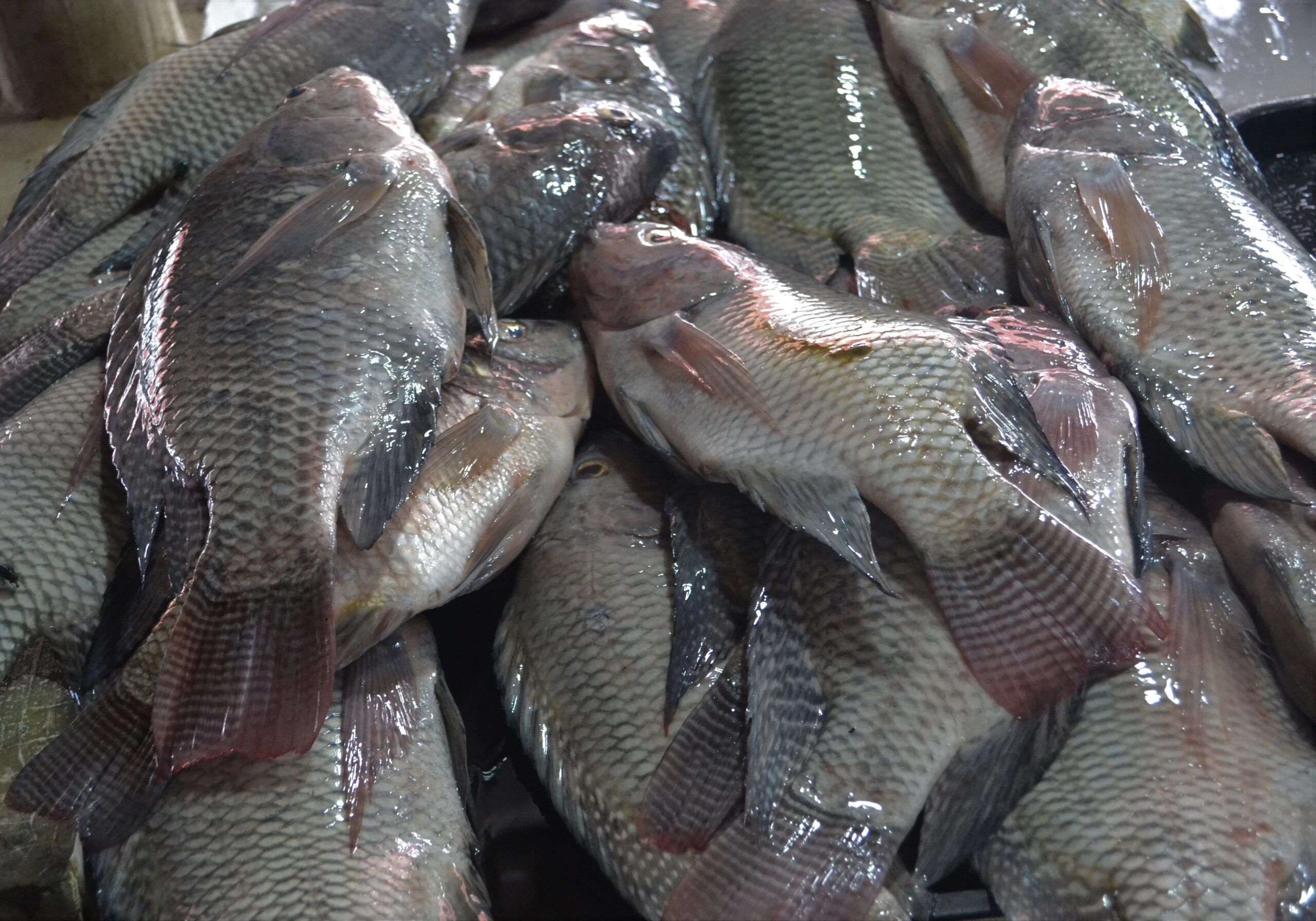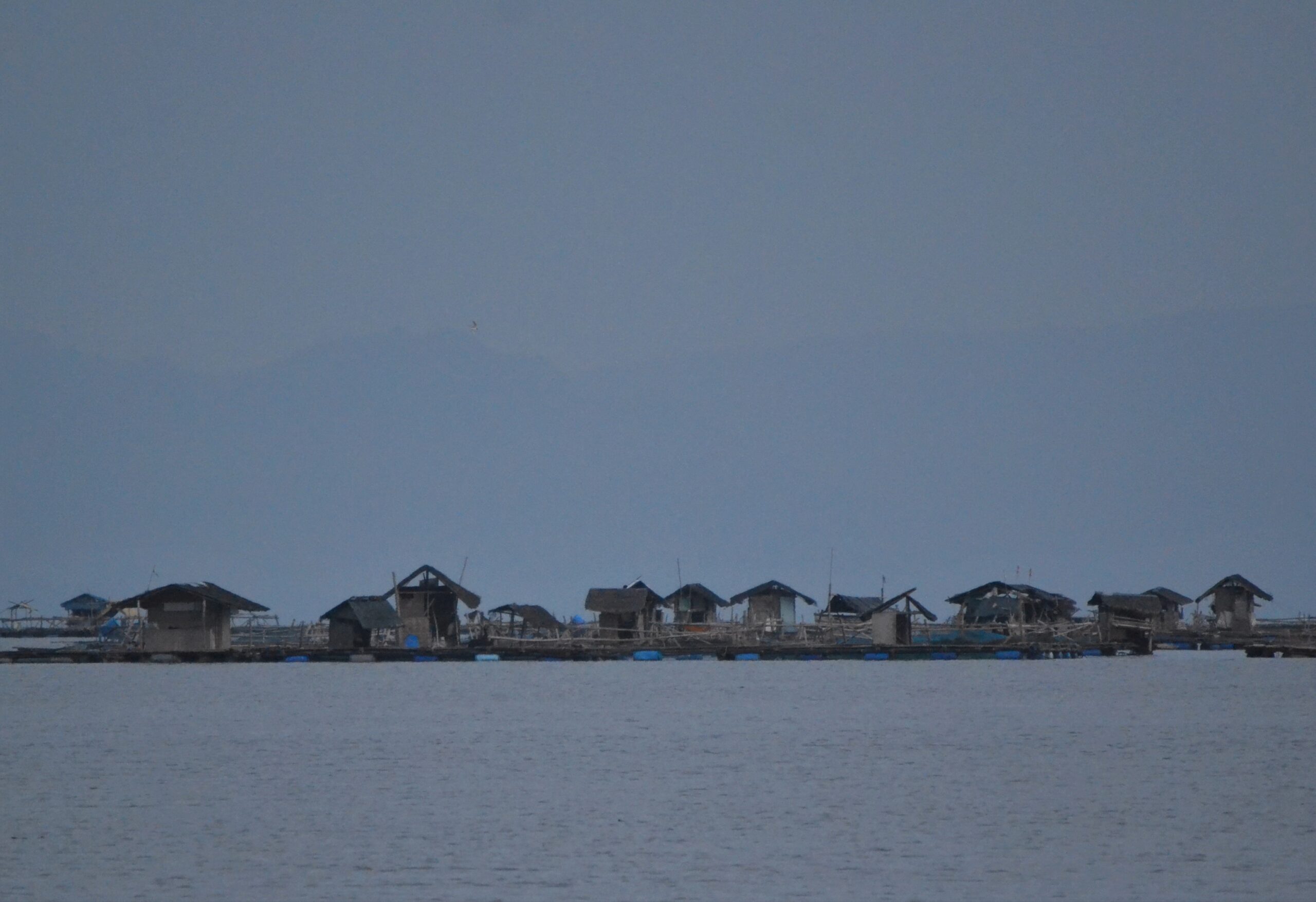Text and Photos by Henrylito D. Tacio
Rice and fish are the staple food of Filipinos.
On average, Filipinos consume 114-120 kilograms of rice per capita per year. That’s almost double the world average of 65 kilograms per capita per year, according to Dr. Eufemio T. Rasco, Jr., former director of the Philippine Rice Research Institute (PhilRice).
On the other hand, the average Filipino eats 98 grams of fish per day and 36 kilograms of fish per year, reports the Philippine Statistics Authority (PSA). Fish is the cheapest source of animal protein compared to beef, pork, and chicken in the country.
As of 2021, the Philippines is only 85% self-sufficient in rice, but it is 97% self-sufficient in fish. “The difference in food gaps is made up for by importation from other countries,” said Dr. Rafael D. Guerrero III, an academician with the National Academy of Science and Technology (NAST).
“With the current world food supply disruptions brought about by the Russia-Ukraine war and the rising costs for fuel and agricultural inputs such as fertilizers and feed ingredients, the present Marcos Administration is batting for food self-sufficiency by increasing production in the country,” Dr. Guerrero said.
He wondered whether the Philippines can be self-sufficient in fish.
“During the past decades, the people have enjoyed the abundance of the Philippine marine fishery resource,” said a position paper from Philippine Economic, Environmental and Natural Resources Accounting (PEENRA).
“Ask the old fisherfolks how they culled their harvests. Many of them would say that fish sized with less than a foot rule will automatically be thrown back to the water. Back then, they even had the luxury to choose the most palatable fish among the wide variety of species thriving in a particular fishing ground.”
This no longer holds true these days. Majority of the fishing grounds in the country are overfished. “Overfishing is the main issue, with today’s fishers ranging farther and trying harder to catch more – but there are more fishers and too few fish,” observes Gregg Yan, director for Communications for Ocean Philippines.
Some consumers are already feeling the impact. Jeannyline T. Arriaga, from Bansalan, Davao del Sur, is a doting mother. She usually wakes up early in the morning to prepare breakfast for her two children, who are going to school. Generally, she cooks rice and fish.
Lately, however, she observes that the fish she usually buys at the public market has become scarcer. In fact, there are days when she could not find any, that she buys another kind of fish. Her two children complain because they don’t like the new kind of fish she serves to them.


Jeannyline also notices that if the fish she likes is available, they are becoming smaller. “They are not only getting scarcer but they are becoming expensive, too,” she points out.
She may not be aware of it, but it is not the only fish she likes that is becoming rarer and pricey, but the same is true with other varieties of fish.
A survey by the Social Weather Stations commissioned by Oceana in 2017 found that 82% of Filipinos believe fish sold in the markets are more expensive now compared to 10 years ago. Meanwhile, 54% of respondents said the size of fish has become smaller, and 55% said they found fewer varieties of fish in local markets compared to a decade ago.
In 2020, the PSA reported the country had a total fish production of 2,596,565.83 metric tons, with 37.5% coming from commercial marine fishing, 31% from municipal marine fishing, 27.8% from aquaculture, and 3.6% from municipal inland fishing,
“With the decline in the production of ‘galunggong’ (round scad) from our seas, importation of marine fish from Vietnam, Taiwan and China during the months and ‘closed season’ to augment local supply was done by the Department of Agriculture,” Dr. Guerrero said.
“Closed season” refers to a fishing ban for three months. In the Davao Gulf, for instance, a fishing ban is implemented from June to August every year. Closed season is done “to conserve marine resources and to secure the spawning period of pelagic fishes.”
In 2018 and 2019, 117,00 metric tons and 45,000 metric tons of fish were imported, respectively.
“With our country’s growing population, there is a need for further increasing fish production to cope with the demand,” said Dr. Guerrero, a fishery expert who once headed the Philippine Council for Marine and Aquatic Resources Research and Development.
“How can the aspiration for self-sufficiency be achieved?” he asked.
The Bureau of Fisheries and Aquatic Resources (BFAR), an attached agency of the agriculture department, is given the task by President Marcos. Just recently, it has laid out plans on how the country can boost local fish production and minimize the need for fish importation.
In a statement, the BFAR laid out its catch-up to ensure fish sufficiency in the country, including innovation, modernization, and intensification of the fishery sector. Right now, it is trying to address the projected annual deficit of food fish supply estimated at 44,000 metric tons this year.
“This is more than one percent short of what is needed to attain full sufficiency,” the BFAR pointed out.
Dr. Guerrero, quoting BFAR, said the country can be fish self-sufficient through aquaculture and mariculture.
Both are related to raising aquatic products under controlled conditions. Aquaculture and mariculture may have the same objectives, but they are different in the sense that the former is related to growing fish in freshwater, and the latter pertains to seawater.
In the Philippines, the top farmed fishes are milkfish (also known as bangus) and tilapia. In 2021, production for the two species were 446,380 metric tons and 340,070 metric tons, respectively.
“Milkfish is farmed in brackishwater ponds, freshwater pens and sea cages while the tilapia is grown in freshwater ponds and freshwater floating cages,” Dr. Guerrero said. “For mariculture, the culture of milkfish and other marine fishes such as grouper, pompano, rabbitfish and the red tilapia hybrid in floating cages is being done in the coastal waters of our country.”
According to Dr. Guerrero, several mariculture parks – or marine areas similar to industrial parks on land – have been established by the BFAR in many regions of the country in cooperation with local government units.
In Davao Region, he cited the case of the Panabo City Mariculture Park (PCMP), which was established by the city government of Panabo in 2006 in partnership with the BFAR.
The BFAR provides for the mooring (anchoring) system for the floating cages, fish landings, cold storage, and support services for processing, transport, and marketing to attract investors. The local government unit allocates 617 hectares of its coastal water (including 130 hectares for the cage zone) for the park and provides lease permits to the locators.
“In a floating cage measuring 10 x 10 x 4 meters, 15,000 fingerlings of milkfish and 2,000 fingerlings of rabbitfish are stocked. The fishes are cultured for 120 days with feeding of commercial pellets. A net income of P85,000 per cage/cycle is obtained,” Dr. Guerrero reported.
In 2017, the PCMP produced 2,505.32 metric tons of milkfish and rabbitfish with a gross sale of P239,306,628. It also provides jobs for 137 fisherfolk composed of 69 cage caretakers, 38 women-processors, and 30 fish harvesters.
Currently, more than 50,000 hectares of mariculture areas have already been established in the country. The BFAR has identified an additional 200,000 hectares of coastal waters suitable for expansion. “Our country has more than 26 million hectares of coastal waters,” Dr. Guerrero said.
If the country has to expand its mariculture parks, Dr. Guerrero said there is a need for more local milkfish hatcheries to reduce its dependence on imported fry from Indonesia, which right now supplies about 50% of its requirements.
“There is also the need for the development of cost-effective feeds using locally-available ingredients to lessen our importation of soybeans and other feedstuffs,” he said. “The sustained provision for extension services and credit facilities to our fish farmers should also be ensured.”

